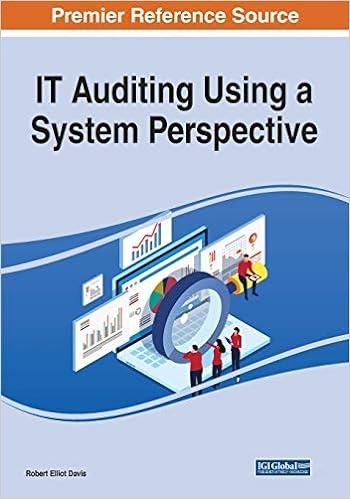Question
Customers receive $1 worth of vouchers for every $10 they spend. Customers will receive one voucher for every ten dollars they spend. We must compute
Customers receive $1 worth of vouchers for every $10 they spend. Customers will receive one voucher for every ten dollars they spend. We must compute how much clients will receive in coupons for their whole purchases in order to establish how much value they will ultimately receive. Together, all consumers have received sales totaling $500. We must determine how many $10 increments there are in $500 in order to determine how many coupons clients will receive. Divide the total sales by 10 to get the number of increments. $500 x $10 = $50. Customers will receive 50 coupons (50 x $1 = $50) if they spend $50 in increments of $10 each, earning $1 worth of coupons for every $10 spent. Customers should ultimately make twice as much money as the supermarket, according to the deal. As a result, the store should receive half of the $50 in coupons that consumers earn, or $25. The supermarket must keep expenses to a minimum of $25 in order to honor the offer and guarantee that customers receive twice as much value as the store does.
The restricted cost is $475.00.
$500-$25= $475
Can this be shown in a formula or done in an accounting term then paragraph form?
Step by Step Solution
There are 3 Steps involved in it
Step: 1

Get Instant Access to Expert-Tailored Solutions
See step-by-step solutions with expert insights and AI powered tools for academic success
Step: 2

Step: 3

Ace Your Homework with AI
Get the answers you need in no time with our AI-driven, step-by-step assistance
Get Started


